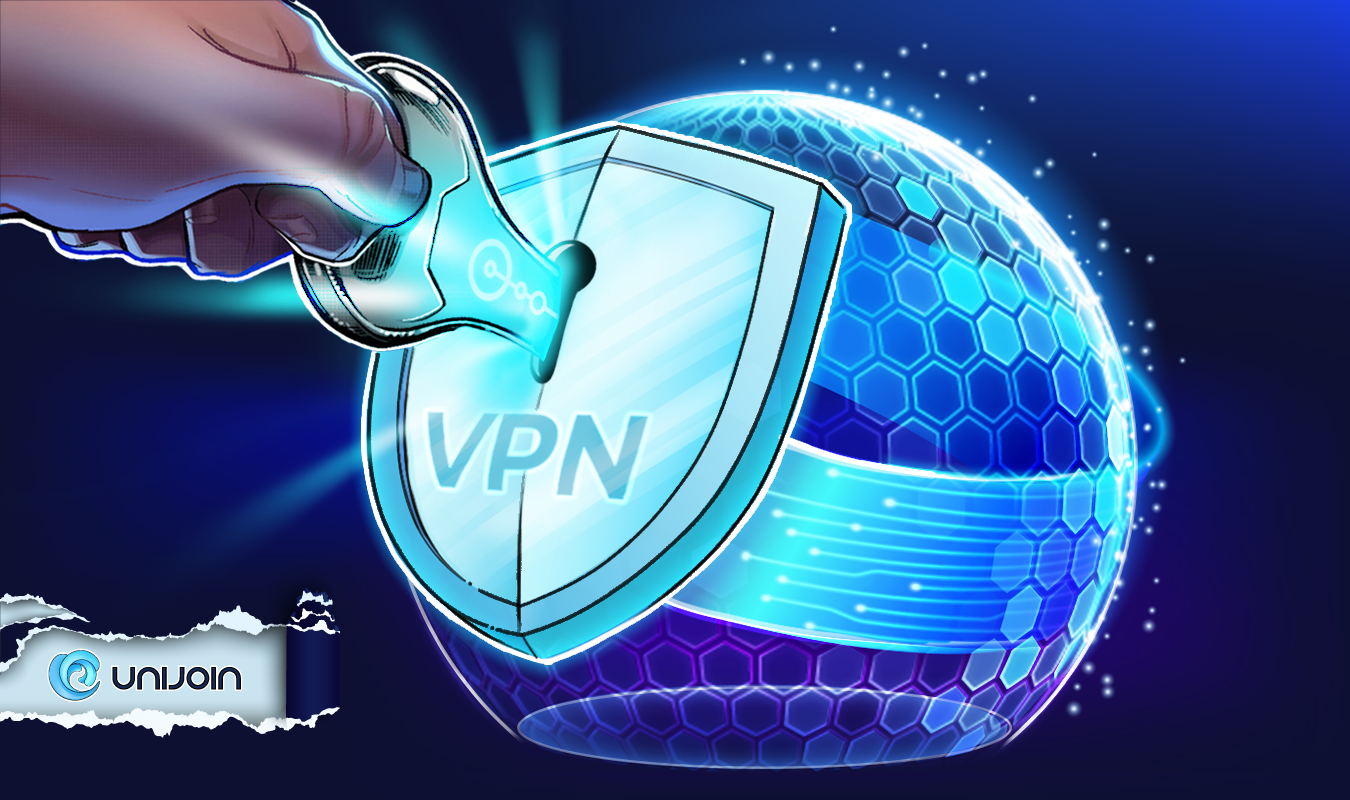
How Can I Use Tor Browser to Anonymously Enter the Darknet?
There’s a saying around the internet that you have barely scratched the surface of the world wide web’s entirety if you have only accessed the “clear net.” And it’s true. There is more to the internet than just Google, Facebook, and Twitter.
Despite its rather sinister name, the darknet has many use cases that include the very opposite of what it’s always mistakenly associated with: danger. The darknet, or “deep web,” is simply a part of the internet that is not indexed by Google or other search engines.
It’s a place where, for fear of surveillance, anonymity is given priority, allowing the masses to access a wide range of content without restrictions from their government or the internet provider themselves.
To surf the darknet, it’s also always necessary to take precautions, aside from knowing the required methods and having the tools one needs to access it in the first place. This is where Tor browser enters the picture.
“Tor” is an acronym for “The Onion Router.” It’s an open-source project that enables internet users to bypass the censorship that the clear net usually has, as imposed by a country’s government. It emphasizes the “routing” of users’ internet traffic to multiple servers and encrypting it so that it’s safe from attacks and away from surveillance and censorship.
In this article, we will explore the step-by-step process of accessing the darknet through Tor browser so you can rest assured that every content is free from censorship and your activity cannot be traced back to your IP address.
But before that, it’s important to understand the very concept of Tor and how it was conceived, so it’s only fitting that we start with its history.
History of Tor Browser
Tor browser started as an answer to the clear net surveillance that the internet was susceptible to during its early days. David Goldschlag, Mike Reed, and Paul Syverson in the U.S. Naval Research Lab (NRL) first generated this idea in 1995, way back when the internet was still in its infancy. Their research hypothesized that it was possible to use the internet completely anonymously.
However, it wasn’t until the early 2000’s that the beginning of the onion router’s research and deployment began to take place, spearheaded by Roger Dingledine and Paul Syverson, and funded by Electronic Frontier Foundation.
The project quickly gained popularity when over a dozen servers from different countries volunteered to serve as nodes. It also permeated the activist movement since the internet at the time still had a lot of restrictions and surveillance that the US government imposed via firewalls and tracing of transactions.
Despite the technology being promising, however, it was still difficult to understand, especially for people who lacked access to the internet prior to the development of Tor.
The Darknet
Now that we have a basic idea of what Tor is and how it helps with masking your IP address through routing and encryption, it’s time to explore what the darknet is.
As mentioned before, the darknet refers to the part of the internet that Google doesn't index. This means that you cannot access the darknet with the basic browser and network configuration because it uses an entirely unique and customized communication protocol.
Despite its seemingly notorious name that inspires fear among internet users, the “dark” part of the darknet simply refers to the fact that it’s invisible to others, or “in the dark.”
Just like the conception of Tor browser, the darknet also came from the thought that it should be possible for people to evade mass and targeted surveillance and protect themselves from breach of privacy.
That being said, accessing the darknet is not illegal. Like anything else on the internet, what’s illegal is doing something anonymously that violates the law, such as selling unregistered weapons to unlicensed people or trading illegal drugs, which have been done before.
How to Use Tor Browser to Enter the Darknet
This part of the article will guide you through the step-by-step process of accessing the darknet. As it is still possible for other tech-savvy people to trace you if you don't take precautions to protect yourself, doing any activity on the darknet that merits privacy protection is still pretty risky. It could result in hacking or identity theft.
Step 1. Download Tor Browser
The Tor software is open-source, so anyone can download it for free as long as they have stable internet access. Even though it’s made specifically for users to access the darknet, it’s also possible to access the clear net with this browser since it’s based on Mozilla Firefox.
Step 2. Use a VPN
It’s easy to think that since you’re using Tor network via its dedicated browser, you’re already safe from the public. It’s true that it’s not easy to trace your IP address when you’re using Tor browser because of the encryption, but the nodes that Tor network uses are public.
This means that your internet service provider can’t see the traffic that contains the activity you’re doing on the internet, but they can see that you are using Tor browser.
This is still a risk since using Tor will raise suspicion from ISPs and, ultimately, the government. It defeats the purpose of going through the darknet, which is evading mass and targeted surveillance.
Using a VPN, or Virtual Private Network, will give you more security. It can help you further mask the connection between you and Tor node. It would appear as if you’re simply doing what other people who use the same VPNs are doing, which is protecting your privacy by tunneling your internet usage through the VPN’s dedicated server.
In fact, Tor browser, especially when used with a VPN, is an excellent tool for keeping your financial activities private. For instance, when you anonymize your cryptocurrency with technology like crypto mixer Unijoin’s CoinJoin, even your use of this service is anonymized by the combination of Tor browser and VPN.
Step 3. Navigate the Darknet
It’s important to keep in mind that now that you have the tools and precautions to access the darknet, the domains that are in the darknet also look entirely different than the clear net. The top-level domain of the websites in the darknet, for instance, is commonly in .onion.
The websites also don’t use regular domain names. Instead, they use a series of numbers and letters that don’t make sense to anyone coming across them without prior knowledge. The content of these websites is thus hard to guess, as opposed to clear net websites that often clearly let you know what the websites are about.
At this point, it’s important to emphasize that the darknet does not follow any rules since it doesn’t have a dedicated entity that oversees it. Therefore, you should be extra careful about accessing certain websites so you don't encounter content that you might find disturbing.
Conclusion
Using Tor browser to access the darknet is pretty easy if you follow the correct procedures and set up precautions like VPN before diving in. It’s not a place with only disturbing content available, although there is definitely something like that floating around somewhere in the vast space of the darknet.
More than anything, it's a space where people are entirely free to access the internet without fear of the government's spying on them. After all, the US government did spy on its citizens in coordination with telecommunication companies like AT&T, as Edward Snowden revealed in 2013.
There are several use cases that the darknet can offer. Though it has the unfortunate reputation of being useful for keeping illegal activities hidden, it also meets many legitimate purposes, from securing bank credentials to protecting whistleblowers’ identities.
The darknet is an excellent tool for anyone to use. It allows us to exercise our fundamental right to privacy and ultimately protect our identity.
Similar Articles

Use UniJoin to
Anonymize
your cryptos



